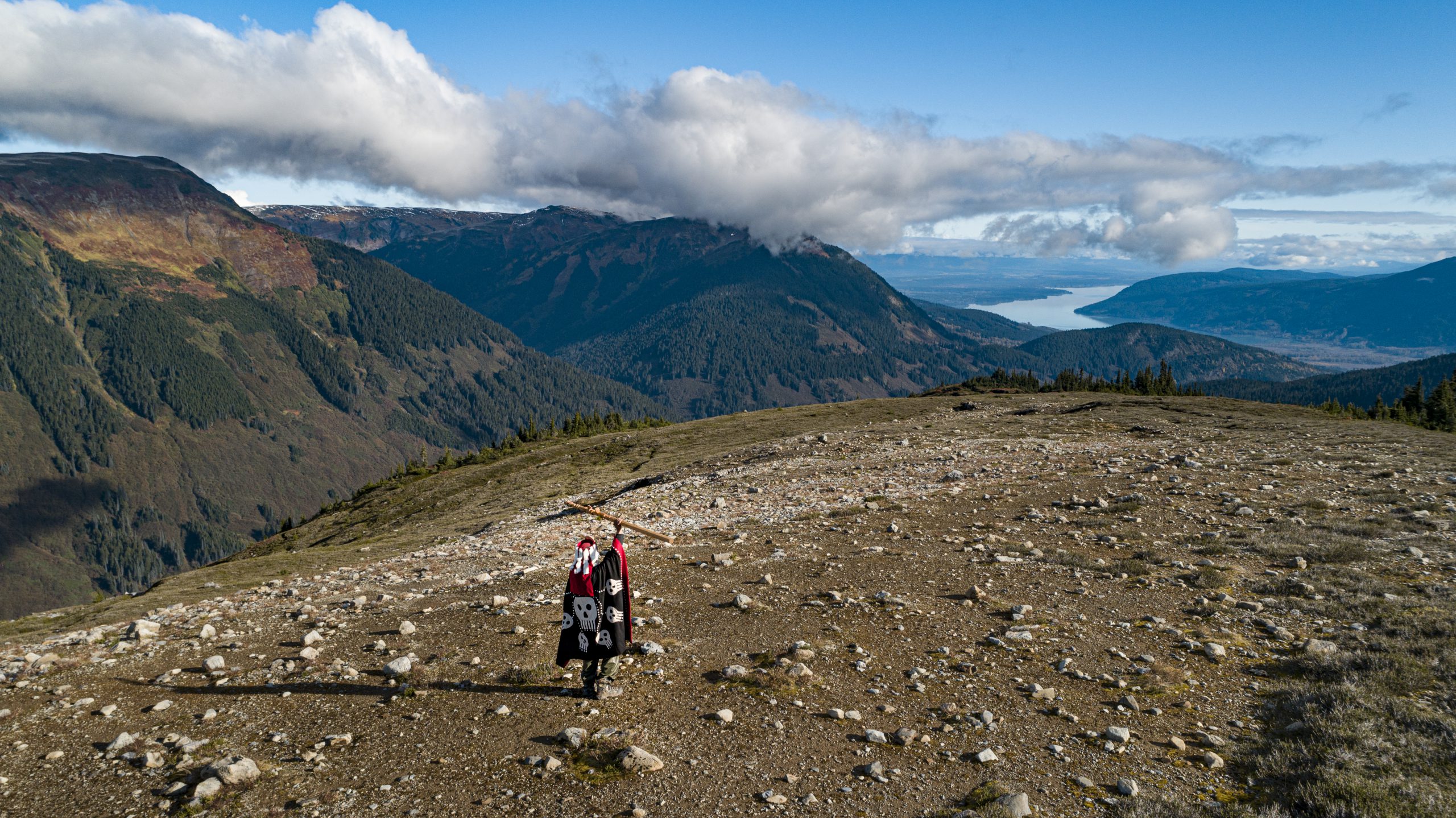Tara Marsden always wanted to work for her home nation and give back to the community.
“25 years ago I was working in rediscovery camps, youth camps trying to connect Indigenous kids back to the land,” she explains. “Seeing the intergenerational trauma play out with youth and seeing how much their lives could change by being connected to their territories was really impactful for me.”
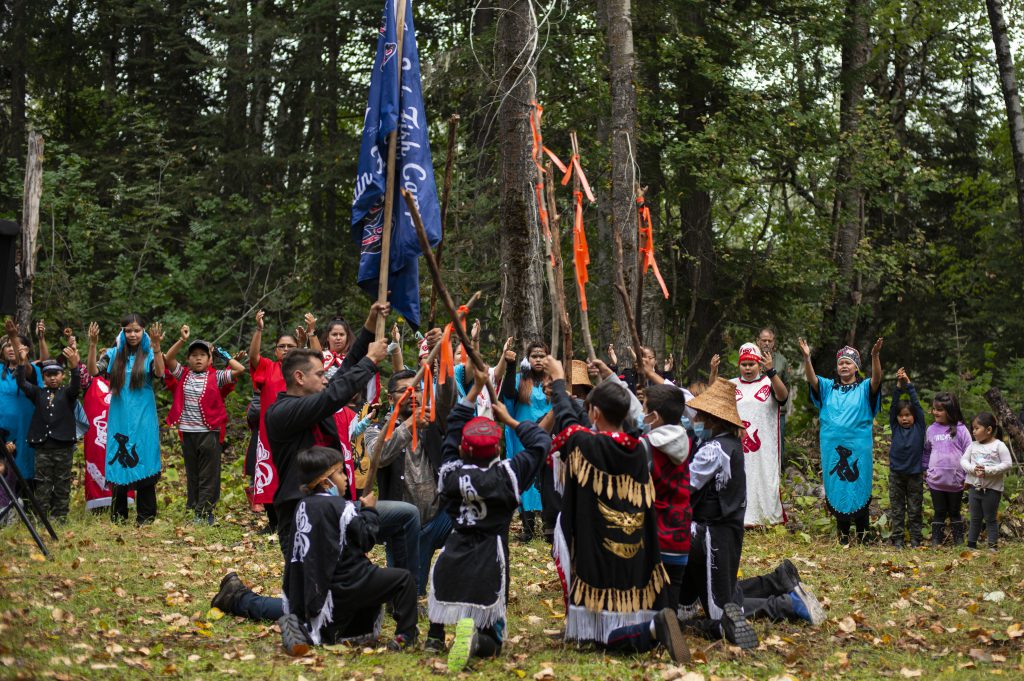
Since 2012, she has worked alongside the Gitanyow Hereditary Chiefs on key strategies to protect the lands and waters of her territory for future generations. And just last month, she was involved in another huge milestone for the Nation: the declaration of the Wilp Wii Litsxw Meziadin Indigenous Protected Area (IPA).
The Gitanyow First Nation’s homelands lie at the heart of the Nass and Skeena watersheds. The region, also known as northwestern British Columbia, is home to natural beauty, abundant wildlife, and – critically – glacial-fed waters like Meziadin Lake, home to the last healthy sockeye salmon populations in the region.
“This region is a critical spawning habitat for Nass Sockeye and other species,” explains Tara, Gitanyow Wilp (house) member and Senior Indigenous Advisor for the Healthy Watersheds Initiative.
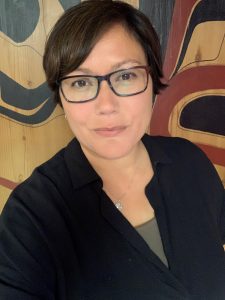
The IPA in Meziadin is an evolution of a groundbreaking land-use plan, a management system agreed on by the province and based in traditional Gitanyow laws that helps the Nation facilitate and manage the use of their territory.
Eight years ago, the land-use plan also led to the 24,000 hectare Hanna-Tintina Conservancy to protect Nass Sockeye in the region. But since then, abundance in spawning locations has shifted.
“We don’t know everything, and we can’t predict the future. Especially with climate change. That’s why the land-use plan was created to be adaptive. We’re going to monitor: Is our plan effective? Is our moose population going up? Is our salmon population stable? If there are things that aren’t working we need to adapt and change.”
When the Nation noticed the salmon populations in Hanna-Tintina declining, but activity in Strohn Creek and the Meziadin Lake shore increasing – an area not protected under the original agreement – the Hereditary Chiefs decided to designate the region an Indigenous Protected Area.
Indigenous Protected Areas, also called tribal parks or Indigenous Protected and Conserved Areas, are areas conserved under Indigenous law, through an assertion of a Nation’s Rights and Title. It allows Nations to have an established regional plan when they are approached by industry or government.
“When you have that basis, you can streamline your conversations with government and industry, and you can build additional policy tools and Indigenous laws around water or protected areas.”
Through place-based programs in the North and Pacific regions, MakeWay has been working in partnership with Indigenous communities to enable new protected areas and support their vision for change.
Community-advised fund supports Gitanyow land-use plan and long-term vision
As the Lead, Pacific Partnerships at MakeWay, Kim Hardy has been working with Tara Marsden and Gitanyow for the better part of a decade. Over the years she has had the opportunity to see and support the building blocks of this Indigenous Protected Area and is thrilled to celebrate the launch.
“We’ve partnered with Gitanyow in many ways over the years and this is an exciting evolution of them realizing their vision,” says Kim.
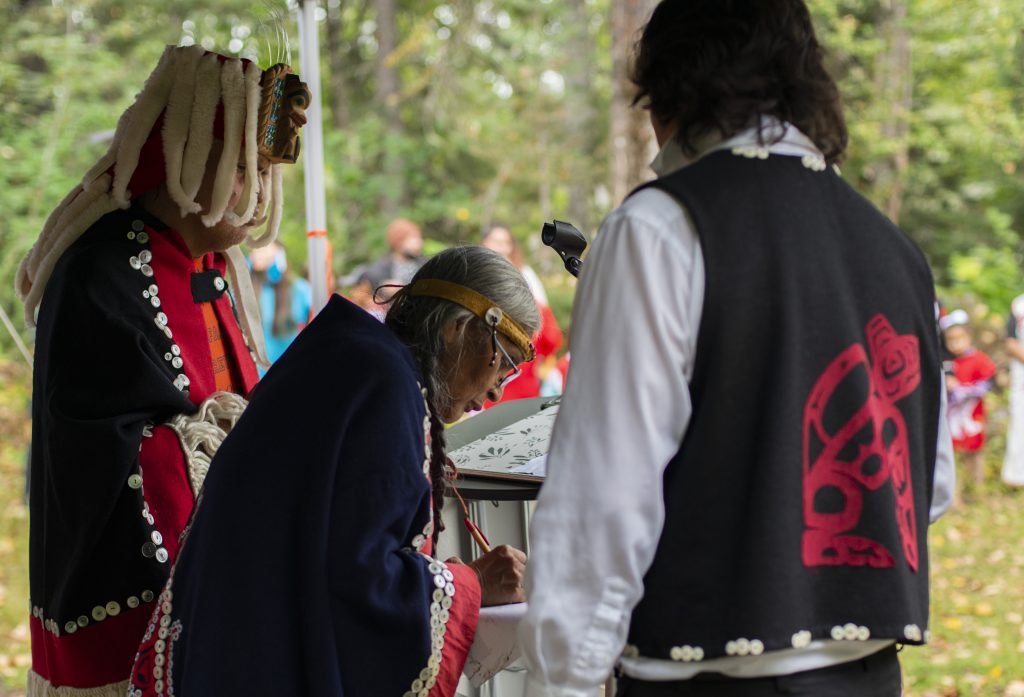
MakeWay has worked with Indigenous communities for over 20 years. We focus on building deep, trust-based relationships with partners and providing resources, networks, and tools to help them re-imagine what’s possible.
“I like to say we try to create healthy pathways between philanthropy and Indigenous partners,” explains Kim. “Some funders don’t have capacity or connection to Indigenous communities and so we can help create safe neutral spaces for learning and unlearning. And create spaces for philanthropy to land in ways that have been designed by Indigenous partners.”
One such pathway for Gitanyow has been through a community-advised fund hosted at MakeWay.
The Gitanyow Wilp Sustainability Fund was seeded by the Gordon and Betty Moore Foundation and other conservation organizations that wanted to ensure that when Gitanyow signed the decision-making agreement with the province, they would have enough resources to realize their plan.
“Through the fund, we have been able to move from concept and vision to action on initiatives that are crucial to Gitanyow,” explains Tara. “Through the initial endowment grant, we were able to plan our projects year to year and ensure that those environmental values that are at highest risk will always have some level of resourcing.”
Hosting the fund at MakeWay allows them the flexibility to access these resources while not having to run a foundation or a trust. “It alleviates the administrative burden of creating a new institution while allowing the freedom to focus on achieving their vision – all of the labour that has gone into establishing the Wilp Wii Litsxw Meziadin Indigenous Protected Area,” says Kim.
A community-advised fund is a type of donor advised fund at MakeWay where the decision-making is governed by a collection of community-appointed advisors.
“The fund is set up so that the advisors talk about our activities from year to year, but it’s not a burdensome proposal-driven process. It just shows a great trust that we’re going to do this work and it’s much less paternalistic than other types of funding,” says Tara.
Building relationships, connecting pathways
The community-advised fund is only one example of MakeWay’s multifaceted partnership with Gitanyow. “The advantage of building deep relationships is that we can make multiple connections across our organization and our networks,” says Kim.
“It was through a peer network of community-based Indigenous leaders that I started to learn more about Indigenous Protected Areas. And I was seeing a growing trend of Nations saying, ‘we’re going to protect this area’. It’s really through that sharing of information, networking, and partnerships with different organizations that also work with MakeWay that has opened up our options.” explains Tara.
Through established relationships, MakeWay has also been able to support the Nation in other ways. For example through their Gitanyow Indigenous Guardians – local community members who are trained to monitor and maintain ecosystem health of their territory and ensure rules and regulations are being followed. And we were able to quickly mobilize funds to support community-led responses to the effects of the Covid-19 pandemic.
“I see the relationship-focus of folks that we’ve worked with at MakeWay as so important. And being a light touch where you can bring the right people together but not create a whole bunch of administration is a very effective and supportive approach.”
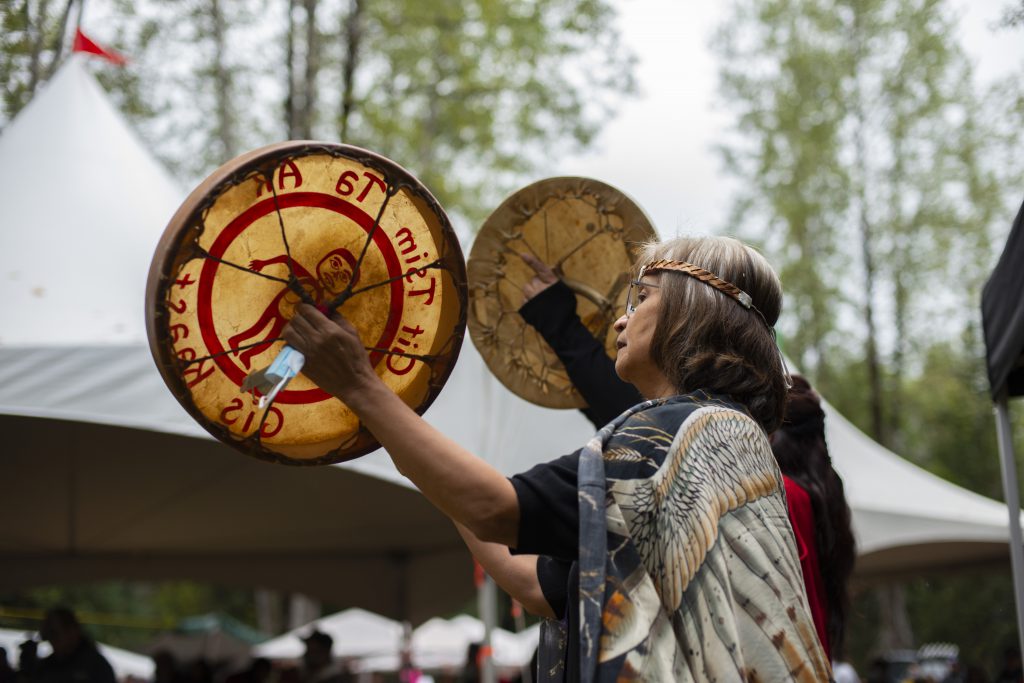
Not slowing down: more plans on the horizon for Gitanyow
The changes to the land-use plan and the new protected area are now entering a six-month review period where others in the region – industry, non-Indigenous communities, and the province – have an opportunity to talk to the Nation about working together and reconciling their activities to align with Gitanyow laws.
The Hereditary Chiefs are also working with the mineral tenure holders in the area to ensure they are abiding by Gitanyow’s stewardship and cultural values, with a vision to protect and sustainably manage the region.
And the Nation has plans to establish a climate monitoring centre in the area. “We want something that is culturally relevant,” says Tara. “A long house building where we can host visitors that come, whether they are partners, or researchers, or other Nations. That’s a big push in the next little while.”
Tara says after decades learning about land-use planning and working to assert the Rights and Titles of the Gitanyow First Nation, her motivation and her “big why” is clear.
“Now I have my two kids and I want to see them have what I had growing up. Having access to forests that are healthy, places that are not degraded to the point of needing rehabilitation or restoration, having access to salmon. Just living in the place where we’re from and knowing that it’s cared for.”
To support the future efforts of the Gitanyow First Nation, consider making a donation to the Gitanyow Wilp Sustainability Fund.
To learn more about the importance of the Meziadin area, watch documentary film Ha Nii Tokxw: Our Food Table produced by Vovo Productions.
MakeWay has been working in the Pacific region (British Columbia) for over 20 years, with longstanding partnerships with communities and partners across the Skeena region. From boreal forests to rich marine ecosystems, the region supports the highest levels of biodiversity in Canada and is home to over 200 distinct First Nations. The Pacific program at MakeWay supports communities securing healthy lands and waters for current and future generations. As an intermediary, MakeWay’s approach is to build deep trust-based relationships in community and offer solutions to both communities and funders including strategic grantmaking; a shared platform; funding collaboratives; donor advised funds; advisory services, and impact investing.
